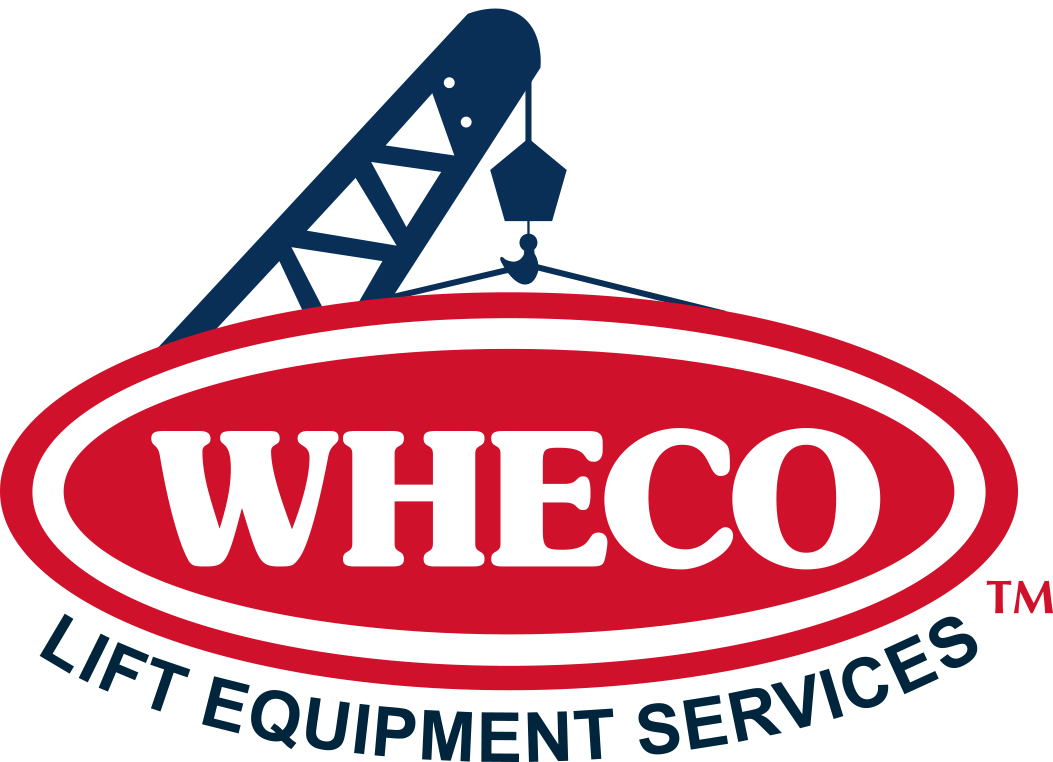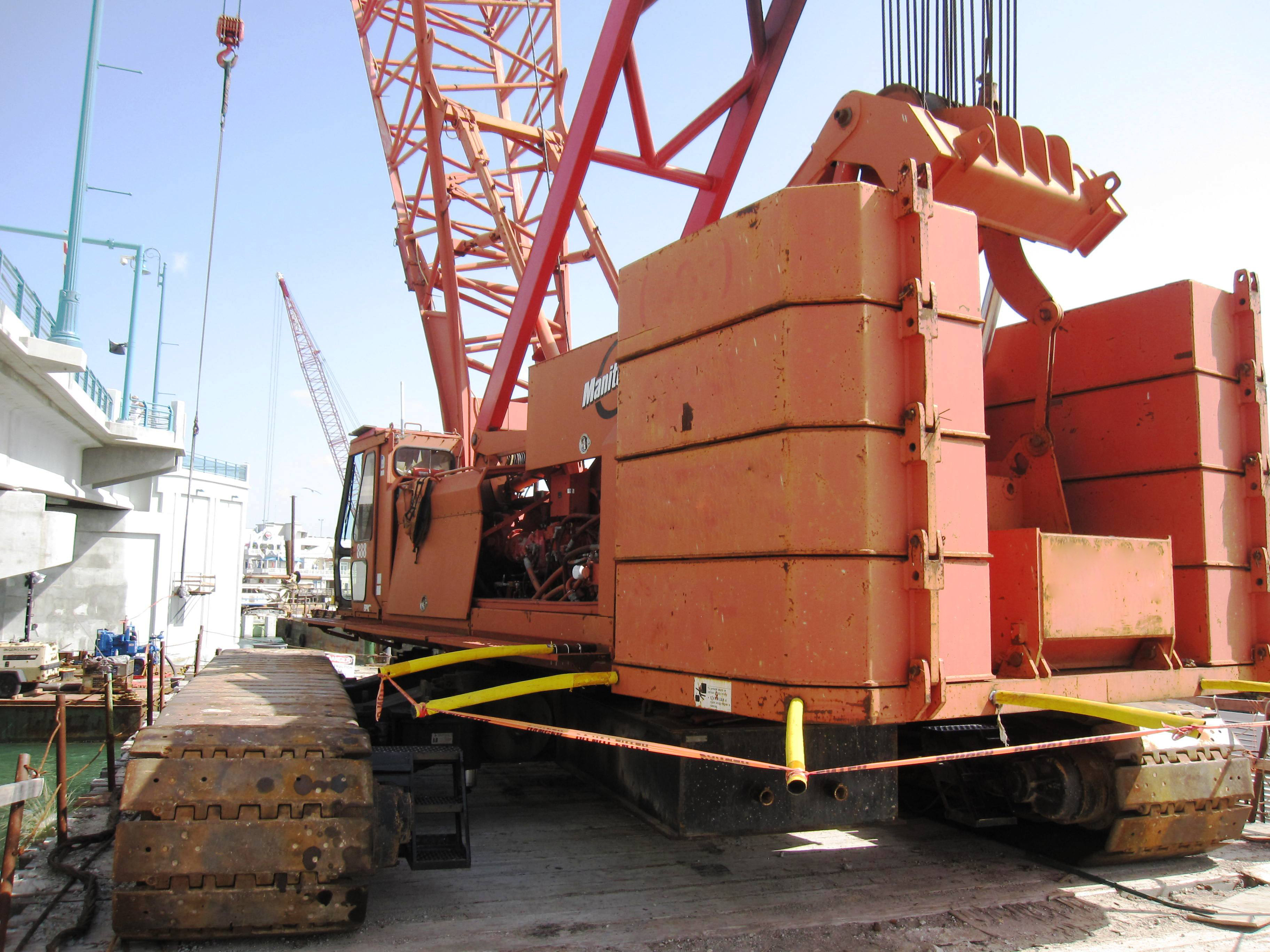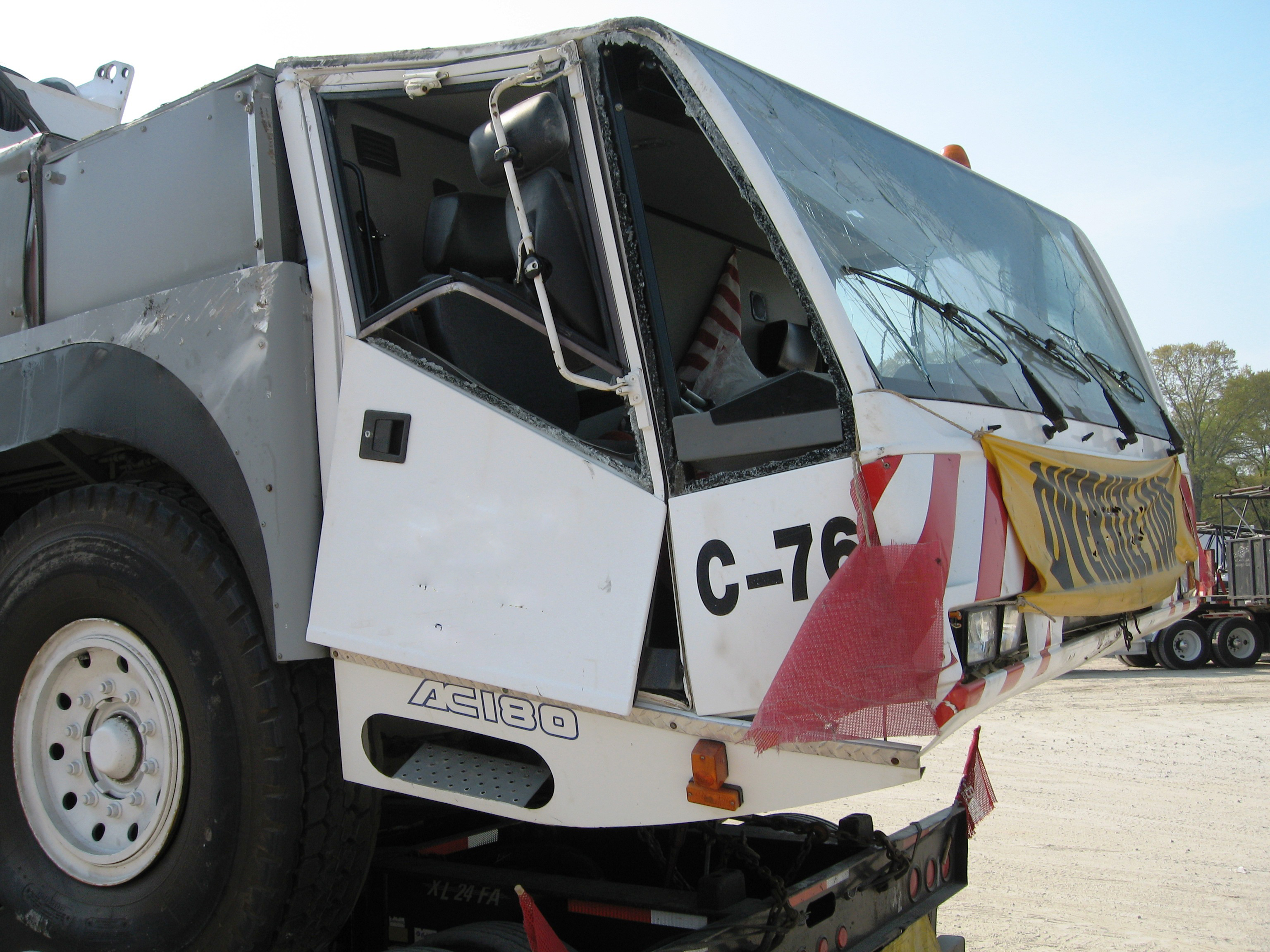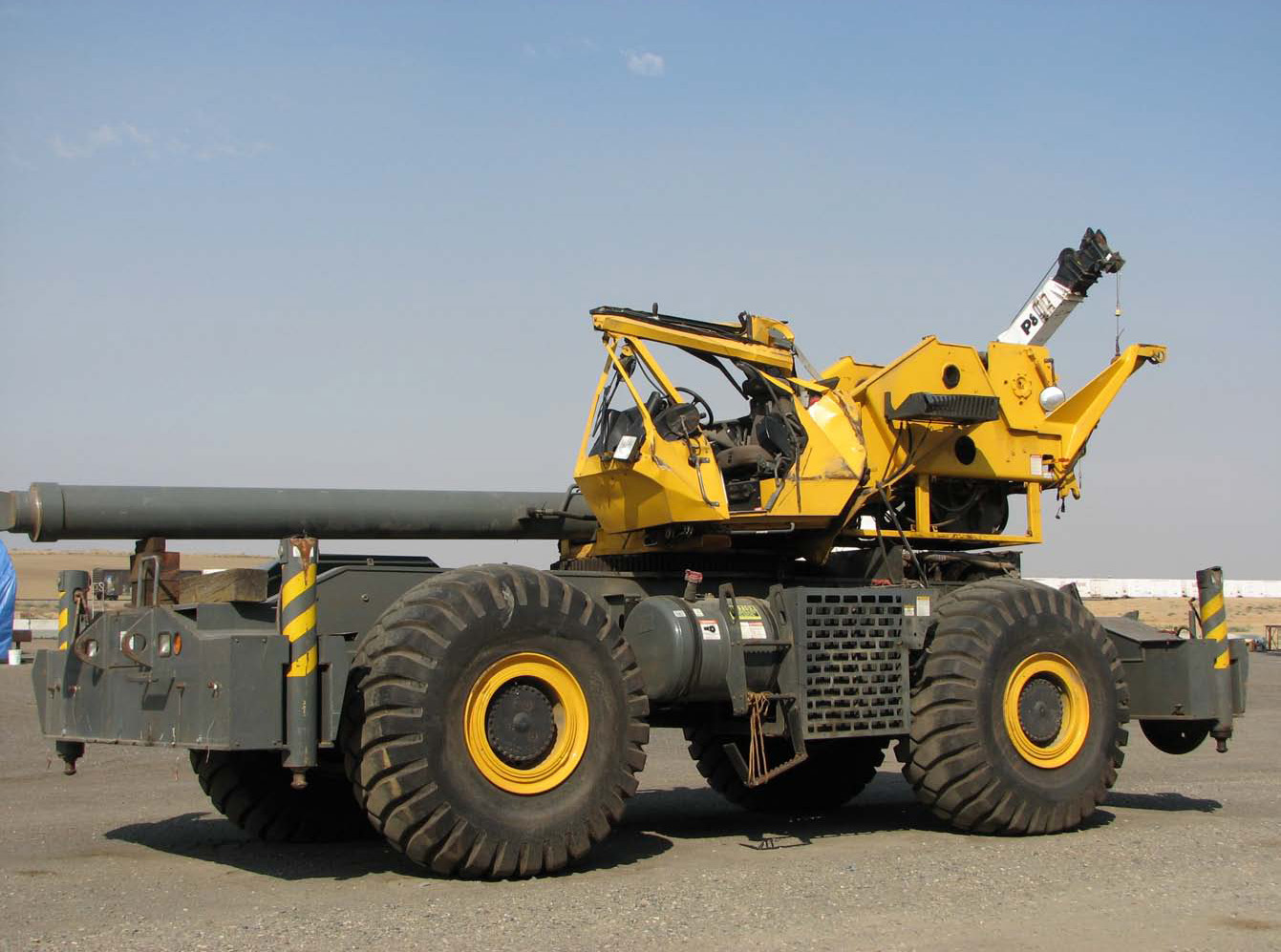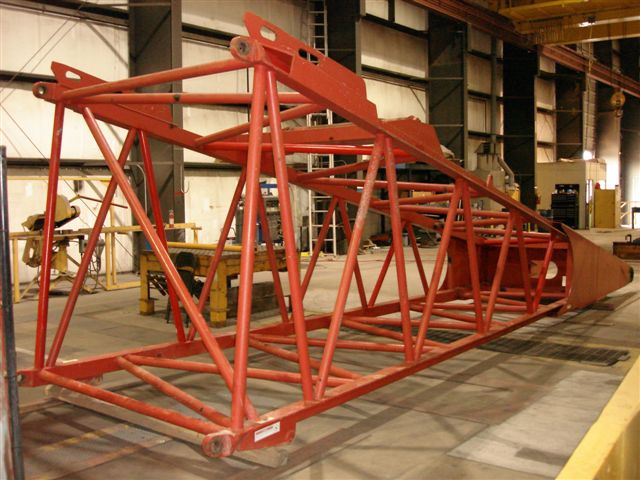The crawler crane has long been considered the most common and practical type of crane to restore. They have a very long, useful service life, and depending on the make and model, parts and components are still readily available. While technology continues to evolve, the old conventional crawler cranes continue to provide safe and dependable service. Developing a plan to extend the working service life can bring you a good return on your investment. But, before you can make an informed decision, you should consider all of your options, including the cost of replacement, and benchmark them against each other and your budget.
Here is a short punch list of things to think about when considering a project to extend the service life of your crawler crane:
- Eliminate Replacement Options: If you are even considering a restoration project, then you have probably already eliminated the option of buying new. But you may be thinking about looking around for a more modern used crane. Before considering replacing any crane that has provided you with several years of exceptional service, you should consider that you may already have the best used crane out there. So, why not find out what it would cost to extend the productive service life of your current crane?
- Develop a Plan: If you are looking to take the project on yourself, make sure you have a complete and comprehensive plan. While many crane owners are fully capable, it takes a full-time commitment to ensure that it doesn’t end up becoming a part-time project, and costing you more than you expected, especially in downtime. Remember, the object is to get the crane back into revenue-generating service in the shortest time and most cost-effective manner. Even if you think you want to take it on, you may want to consider getting an estimate from a third-party repair and restoration services provider to benchmark your own plan.
- Make/Model/Market: During the past 20 plus years, there has been a lot of industry consolidation. Names like Lima and Northwest have virtually disappeared, leaving them with little to no market value, and may not be worth the investment to restore. On the other hand, conventional truck crane manufacturers like Link-Belt, Manitowoc, and P&H/Terex and American/Terex are recognized brand names whose products hold value, making them great candidates for service-life extension projects. It is still a good idea to take a look at the particular model you are looking to restore and consider the popularity of that crane. Value can be diminished by the availability of the manufacturer or market to support the product. Or, it simply may not be a very marketable crane if, someday, you need to dispose of it.
- Application: Application can play a big part when deciding whether to restore your crane. There are a lot of unique applications out there that suit particular makes, models, and sizes of cranes. If you can’t improve on the situation, then we wouldn’t suggest that you try. In the case of Chino mine, they can travel the P&H 6250 on-site with all the counterweight and 100 feet of boom. (See pictures of the P&H 6250 to your left). They also own a 500-ton all-terrain crane that requires a crew and equipment to remove the counterweights and transport and set up the crane every time they need to move, which is often. As you can see, the conventional truck crane has a major advantage of mobility compared to the AT on the job site. You can also check out an American 9460 that is used in a stevedoring application. It was the dockside application, capacity, and mobility, as well as the cost advantage, that gave them the reason to have us re-manufacture the crane. Having the ability to be mobile is a major advantage to conventional truck cranes.
 Condition: The condition, particularly of the boom and major weldments, should have a big impact on your decision. The boom, carrier, and superstructure should either be in tact or repairable. Larger replacement weldments are often difficult to find, and having them made new is generally cost prohibitive or may add significant costs to the project. The after-market may provide an opportunity to find used components, but it can also be an expensive and challenging process to locate them.
Condition: The condition, particularly of the boom and major weldments, should have a big impact on your decision. The boom, carrier, and superstructure should either be in tact or repairable. Larger replacement weldments are often difficult to find, and having them made new is generally cost prohibitive or may add significant costs to the project. The after-market may provide an opportunity to find used components, but it can also be an expensive and challenging process to locate them.- Technology: Despite the evolution to full hydraulic control systems, turntable bearings, and full electronic LMI systems, we still see a lot of crane owners restoring the older cranes. The old “friction rigs” are often still preferred because they are easier and more cost effective to maintain. Additionally, there are several after-market providers of A2B and LMI systems that can be fitted to upgrade the older cranes.
- Developing a Roadmap or Scope of Work: Once you have determined that your crane is suitable for restoration, you will need a good cost estimate. This requires a thorough survey and inspection that will help you to develop a comprehensive scope of work. A properly developed scope of work will allow you to put a good price estimate on the project. You also need to anticipate what else you may find when you disassemble the crane. No matter how thorough the survey, you cannot expect to see everything until the unit is disassembled.
- Downtime: How long are you going to be without your crane? Do you need to rent another unit until the project is done? This can have a significant financial bearing on your decision. And, there can be a difference in how long you anticipated being down versus actual downtime. Be sure to plan accordingly.
- Vendor Capability: Restoration projects by their nature are challenging. You need to understand if the service provider can provide you with a turn-key project. Facilities, tooling, and a controlled environment are critical to a quality restoration. Additionally, the company that repairs your machine should have qualified technicians, processes, and best practices in place that provide for a safe, compliant, and documented crane restoration.
Remember, information is knowledge and knowledge is power. Let WHECO help you develop a scope of work that will extend the useful service life of your crawler crane!
The author of this Post is Jay Shiffler, vice president of Business Development, WHECO Corporation
